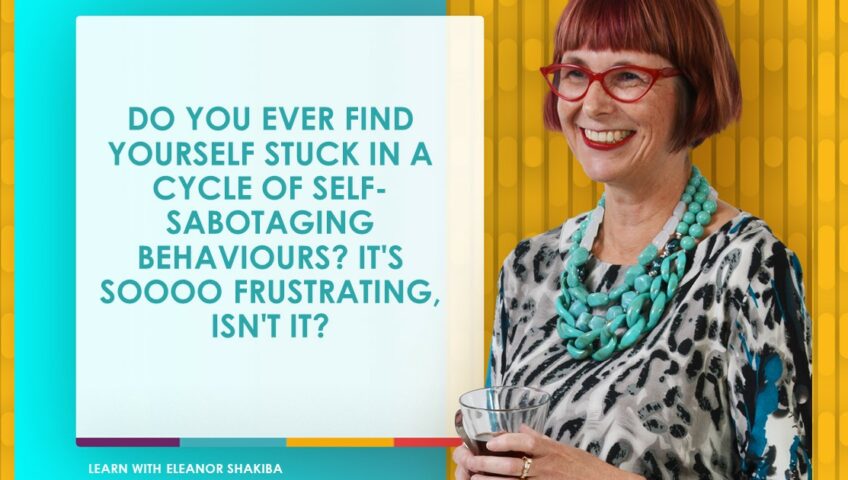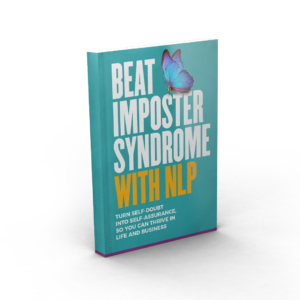Do you ever find yourself stuck in a cycle of self-sabotaging behaviours? It’s soooo frustrating, isn’t it? The sensible part of you is saying ‘No! Don’t do this again’. Meanwhile, that other part of you is whispering ‘It’s easier to do it this way’ or ‘I’ll quit tomorrow’. Sigh. Why do you keep doing this?
Well, the answer is simple: you are getting a ‘secondary gain’ out of it. A secondary gain is a reward, either tangible or psychological, that you are reaping from your behaviour. This benefit can range from feeling comforted, to gaining attention or avoiding responsibilities.
Yes, it’s sad but true: self-sabotaging behaviours have hidden benefits. That’s why smart people do things they know they shouldn’t. For instance, imagine a successful team leader who works long hours. She really resents working harder than anyone else. However, she keeps coming in early and staying back late. That’s because she is hooked on the praise she gets from her manager for handing in ‘perfect’ work. The praise is her secondary gain.
Knowing this gives the team leader a way to break her workaholic cycle for good. You see, if she finds a healthier way to do high-quality work, she won’t need to overwork. She could train her team to help her out, delegate more and focus on working strategically instead of being so hands-on.
Free e-book and video tips.Get your copy today!
|
|
You can use this approach to habit change, too. If you identify what the secondary gain of any ‘bad’ habit is, you’ll be able to get some gain without the pain! Try this technique on any of these Top 10 low confidence habits:
- Over-eating
- Procrastinating
- People-pleasing
- Working too hard
- Perfectionism
- Saying ‘yes’ when you want to say ‘no’
- Arguing
- Being disorganised
- Putting yourself down
- Staying out of the limelight
Remember, no one is trapped forever in their ‘bad’ habits! You can consciously choose to see the bigger picture, and make a plan to break your habit cycle. With an understanding of secondary gain as your guide, you can take steps towards creating healthier behaviour patterns.
This article was created by Eleanor Shakiba
Eleanor is a leadership trainer and success coach. Her mission is inspiring talented people to become leaders who make a difference. Since discovering her passion for training and development, Eleanor has trained more than 60,000 people. She delivers face-to-face workshops for corporates, online masterclasses for leaders and Positive Psychology retreats for trainers, HR practitioners and leaders.

